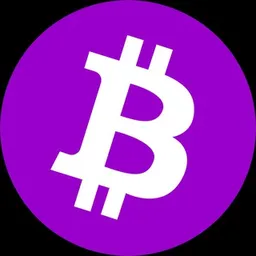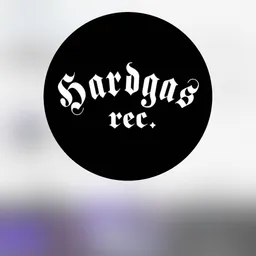
About Dalmatian
Dalmatian Coin Protocol is a decentralized finance (DeFi) token. According to the dalmatiancoin.dog website, Dalmatian Coin has three functions that take place during each trade: Reflection, LP Acquisition and Burn.
Dalmatian coin protocol is a combination of RFI tokenomics and an auto-liquidity generating protocol.
With Dalmatian Coin protocol, token holders will earn more Dcoin depending on how many coins they have. This can be up to an 80% APY, which is staggering when compared to traditional interest accounts. Dalmatian coin protocol will gain value over time thanks to its coin-burning strategy, making it a deflationary digital currency.
Dalmatian coin protocol has an ambitious roadmap thanks to its growing popularity and they wish to be listed on the leading exchanges, launch a decentralized exchange (DEX), and increase their partnerships by the Q1 of 2023.
What Makes Dalmatian Coin Unique?
The Dalmatian Coin white paper notes that a big problem in the emerging DeFi industry is the existence of high APY LP-farms that don’t have easy access for newcomers to the space.
With Dalmatian Coin, they aim to use the idea of static rewards (making the reward conditional upon the volume of the token being traded) in order to remove any pressure on the token that could occur when tokens are sold. As well, the white paper notes that their “reflect mechanism” adds incentive for Dalmatian Coin holders to keep their tokens for longer, or HODL. Dalmatian Coin’s Automatic LP also adds stability to the protocol by providing a price floor/cushion for token holders. Dalmatian Coin’s manual burn strategy also helps Dalmatian Coin token holders in the long term, according to their white paper.
How Many Dalmatian Coins Are There in Circulation?
The Dalmatian coin white paper describes the following: a total supply of 1,000,000,000,000,000.
The Dalmatian Coin protocol, according to the white paper, works in the following way: in each trade, the transaction is taxed with a fee of 10%, which is cut in half. While 5% of the fee is redistributed to all of the token holders at the time, the other 5% is then split in half again, with 50% sold by the contract into BNB, and the remaining 50% automatically paired with the aforementioned BNB and added to PancakeSwap as a liquidity pair
Dalmatian coin protocol is a combination of RFI tokenomics and an auto-liquidity generating protocol.
With Dalmatian Coin protocol, token holders will earn more Dcoin depending on how many coins they have. This can be up to an 80% APY, which is staggering when compared to traditional interest accounts. Dalmatian coin protocol will gain value over time thanks to its coin-burning strategy, making it a deflationary digital currency.
Dalmatian coin protocol has an ambitious roadmap thanks to its growing popularity and they wish to be listed on the leading exchanges, launch a decentralized exchange (DEX), and increase their partnerships by the Q1 of 2023.
What Makes Dalmatian Coin Unique?
The Dalmatian Coin white paper notes that a big problem in the emerging DeFi industry is the existence of high APY LP-farms that don’t have easy access for newcomers to the space.
With Dalmatian Coin, they aim to use the idea of static rewards (making the reward conditional upon the volume of the token being traded) in order to remove any pressure on the token that could occur when tokens are sold. As well, the white paper notes that their “reflect mechanism” adds incentive for Dalmatian Coin holders to keep their tokens for longer, or HODL. Dalmatian Coin’s Automatic LP also adds stability to the protocol by providing a price floor/cushion for token holders. Dalmatian Coin’s manual burn strategy also helps Dalmatian Coin token holders in the long term, according to their white paper.
How Many Dalmatian Coins Are There in Circulation?
The Dalmatian coin white paper describes the following: a total supply of 1,000,000,000,000,000.
The Dalmatian Coin protocol, according to the white paper, works in the following way: in each trade, the transaction is taxed with a fee of 10%, which is cut in half. While 5% of the fee is redistributed to all of the token holders at the time, the other 5% is then split in half again, with 50% sold by the contract into BNB, and the remaining 50% automatically paired with the aforementioned BNB and added to PancakeSwap as a liquidity pair
0
0
0
Launched on Oct 3, 2022

 Check Contract
Check Contract 




